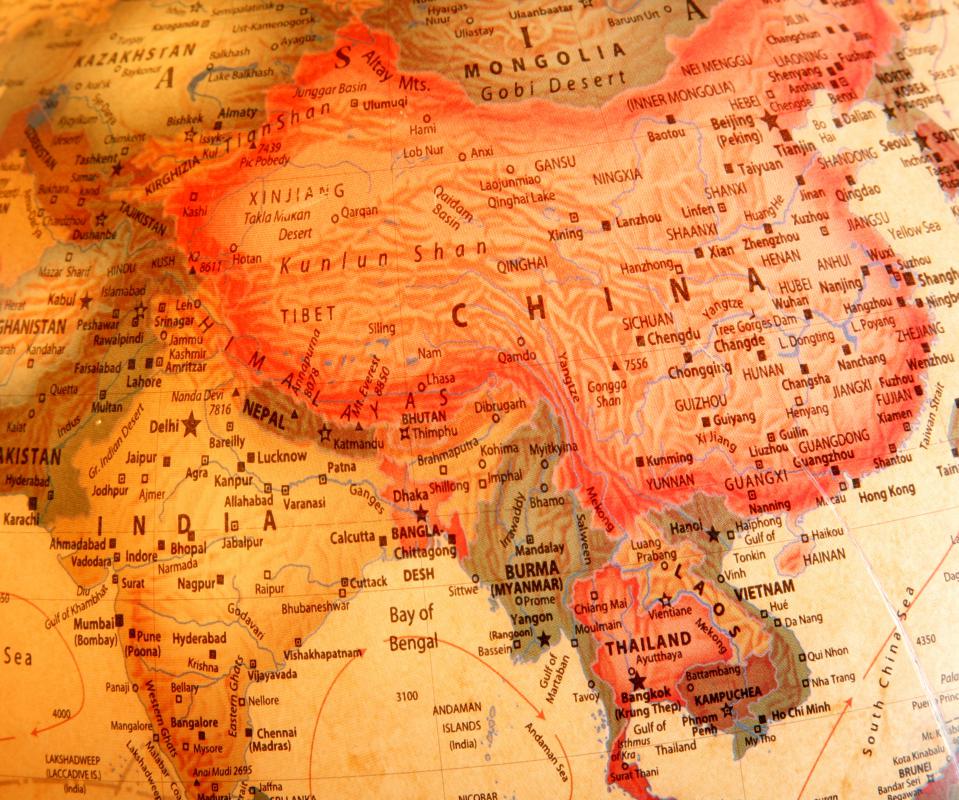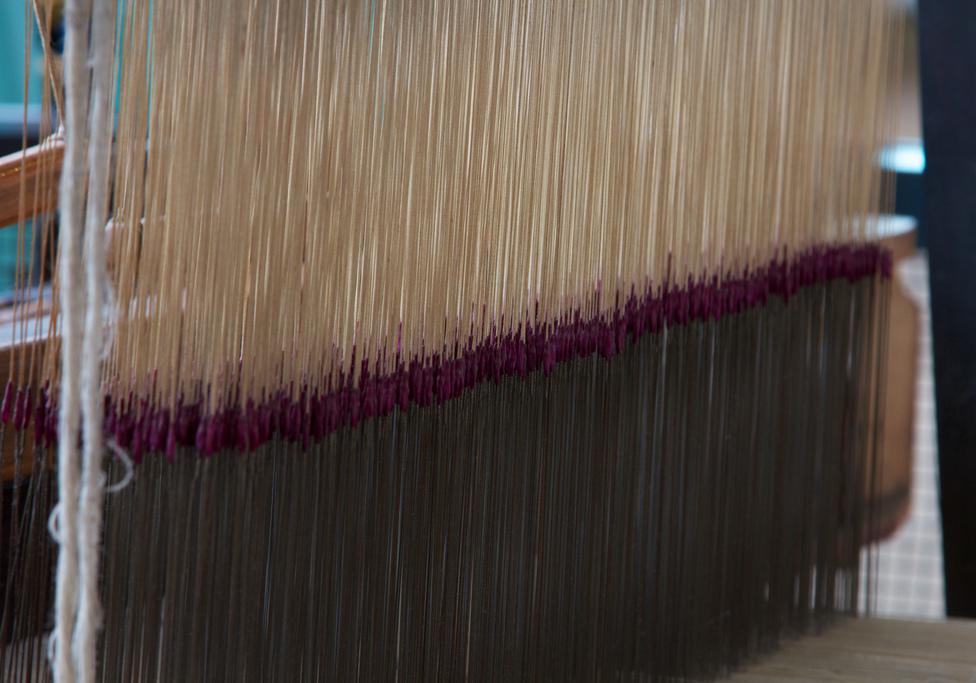At HomeQuestionsAnswered, we're committed to delivering accurate, trustworthy information. Our expert-authored content is rigorously fact-checked and sourced from credible authorities. Discover how we uphold the highest standards in providing you with reliable knowledge.
What is Damask?
Damask is a type of textile closely associated with drapes, tablecloths, cloth wallpapering, and upholstery. It has also historically been used to make jackets and other heavy outer garments. Classical damask is made from silk, although the term is now widely used to refer to the style of weaving, regardless as to the material used. The textile is characterized by a background of lustrous fabric against which raised designs appear. Many pieces of antique upholstered furniture are covered in this fabric, which is how many consumers become acquainted with it.
Many fabric stores sell damask in several patterns and colors. It tends to be expensive, because the dense weave requires a great deal of thread. Silk damask will command a high price, because of the costliness of silk as a raw material. Manufacturing companies also sell the fabric in bulk by the bolt, which is advised if a large project is being undertaken. Purchasing a single bolt ensures a uniform weave and color.

The patterns used in damask are often geometric or botanical in theme, although the pattern may also integrate animals or simple scenes. The weaving style originated in Asia, spread across the Middle East, and reached into Europe thanks to the efforts of traders like Marco Polo. By the 12th century, the fabric had been named after Damascus, which was quickly rising to fame as a center of textile production. The ornate fabrics exported from Damascus were well known, leading many people to associate the fabric with the city. Italy also housed numerous well known manufacturers of damask.

For many consumers, damask is closely associated with luxury. The weave is very dense, resulting in a substantial cloth. The designs are often multicolored, causing them to stand out clearly against the satin background of the fabric. Damask continues to be made from silk, although materials like cotton, linen, wool, and synthetic fibers are also used. Synthetic damask tends to be much more durable than that made from organic materials, although it does not have the same feel.

In the 1900s, the invention of the Jacquard loom made damask much easier to create. Jacquard fabric was woven with the direction of a series of punch cards that could be used to alter the position of the warp threads in the fabric. These punch cards automated the weaving process, allowing manufacturers to mass produce patterns and making the resulting fabric much less expensive than it once had been. Modern Jacquard weaving is accomplished with computer controls.
AS FEATURED ON:
AS FEATURED ON:













Discussion Comments
One of the most interesting uses of damask that I've ever seen was brown damask wedding invitations.
It was nice to see somebody break away from the white and blue motif that everybody seems to stick to with those things.
The brown was dignified, but still interesting because of the texture of the fabric.
Of course, I suppose if you wanted to use damask for an invitation but still keep a more traditional wedding motif you could go with a white and blue damask...but I personally liked the boldness of the brown.
I've never really been a fan of the damask and toile fabrics that seem to be coming back into such a fashion.
To me they all look kind of affected and pretentious.
Although I can appreciate how they look good in some instances -- for example, I occasionally like a black and white damask toile comforter -- I think for the most part damask should be used in limited, specific circumstances.
It's just to heavy do drape all over the house, particularly if it's covered in little rococo scenes!
My grandmother has this beautiful yellow damask tablecloth that I've always hoped is coming to me eventually.
I think that damask fabric just makes for such a lovely, elegant piece.
It is also particularly good for tablecloths because the fabric is so thick that it doesn't let spills spread too badly.
Of course, I wouldn't use damask tablecloths and napkins every day, but they are unbeatable for special occasions, I think.
Post your comments